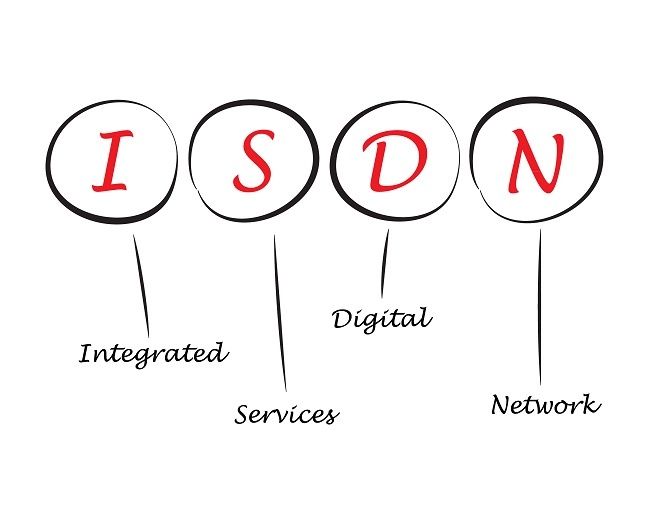
If Nostradamus had majored in telecoms, his almanac would have earmarked 2025 as an ominous date for UK businesses. Because if the scaremongers are to be believed, a telecoms Doomsday is fast approaching.
By 2025, ISDN will be extinct. BT is already two years into a decade-long process of removing the legacy from its network and incrementally establishing IP as its standard model of voice communication. The news has been met with predictable provocations from VoIP and SIP providers keen to rush SMEs into making the move. The standard cry is for urgency: ‘the clock is ticking… 2025 will be here quicker than you think.’ It’s supported by messaging that combines instruction with gentle persuasion: ‘act now – and enjoy significant cost-savings right away.’ The general tenor is clear: switch now, before it’s too late.
But as they say in the old movies: hold the phone. There’s no need to panic. And there’s no need to be corralled into making rash, short-term decisions. The answer is not to rush to SIP – seduced by the allure of instant cost-savings – but to take a more measured approach that considers VoIP in the full context of your wider business needs. The phasing-out of ISDN can be a catalyst for the holistic appraisal of your telecoms infrastructure. But determining the right solution requires a joined-up evaluation of your long-term business objectives and a specialist understanding of the technologies that can help you achieve them.
It’s certainly true that SIP trunk technology can bring clear, immediate benefits; it’s not only cheaper than traditional ISDN, it provides an engine for digital transformation offering all the advantages of mobility, productivity and scale. It also brings greater flexibility and resilience. SIP can help growing businesses increase capacity, improve collaboration and strengthen connectivity. And it can help reduce physical infrastructure, IT costs and ongoing maintenance fees. For sure, the move to VoIP is likely to be a key step in the journey to a modern digital workplace – and it’s one that all SMEs should proactively consider. However, it should not be an impulsive, one-dimensional decision driven purely by cost.
In parts of the market, some VoIP providers have focused crudely on price – engineering an SIP pricing war to attract new customers. This is dangerous territory that treats VoIP as a commodity and undermines its strategic value. In the worst examples, some SMEs – in making the switch to SIP – have been persuaded to bundle new VoIP-compatible telephony into their deal, only to find that their new system does not align with business requirements and quickly needs replacing. Conversely, growing businesses that don’t seek the best advice can find themselves wasting money on additional ISDN lines that will need to be replaced in just a few short years. A short-term cost-saving can have expensive ramifications if you fail to consider the long-term view.
The disappearance of ISDN is still, in itself, a long-term consideration; 2025 remains a long way off. However, from 2020 as it is rumoured, businesses will no longer be able to purchase new ISDN circuits. As such, if your traditional telephony contract is due for renewal or an upgrade soon, it makes sense to start reviewing VoIP and SIP technologies. The best way of determining the most appropriate solution for your business is to work with a specialist telecoms partner. A good partner will work hard to understand your business and use that insight to design a solution that meets your long-term objectives.
As ‘the clock ticks towards Doomsday’ and VoIP providers try to entice you with the promise of attractive cost-savings, the best advice is to resist the knee-jerk response. Pause, reflect, consider your long-term needs and seek help from independent experts.
Take a reflective SIP rather than a rapid gulp – you’ll undoubtedly taste the difference.




